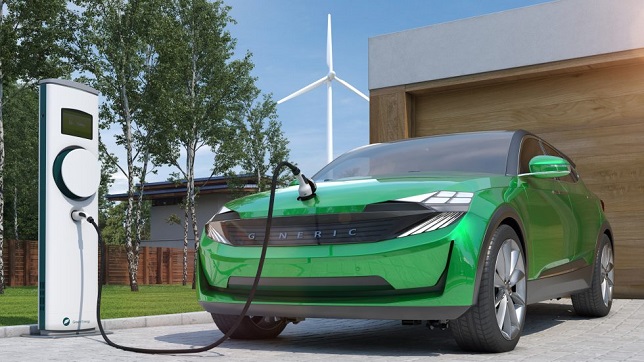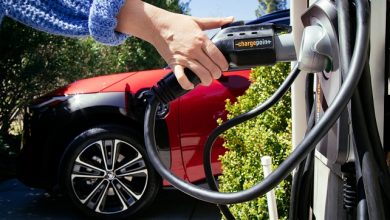US electric vehicles market set to register nearly five-fold growth by 2025, says Frost & Sullivan
Incentives and subsidies to drive EV ownership in the country and create new growth opportunities

Frost & Sullivan’s recent analysis, Transitory Trends in the Electric Vehicle Ecosystem in the United States, 2025, finds that the electric vehicle (EV) market in the United States is expected to flourish with government incentives driving EV ownership. The study also examines various trends in EV sales since 2010, factors contributing to growth, the current charging infrastructure, the road ahead, and much more. The xEV market in the US is estimated to register a nearly five-fold growth, reaching almost 7 million unit sales by 2025 from 1.4 million unit sales in 2020.
“Over 90% of states offer incentives for setting up EV charging infrastructure,” said Prajyot Sathe, Industry Manager, Mobility Practice at Frost & Sullivan. “Only a few states offer the usage of high-occupancy vehicle lanes. However, meaningful quality of life incentives and exemptions are offered across 39 states in the United States, including easier payment plans for the purchase of EVs, limited-time incentives to accelerate EV adoption/conversion and lack of requirements for emission inspections across several states.”
Sathe added: “Mild hybrid electric vehicles (MHEVs) and full hybrid electric vehicles (FHEVs) will account for the maximum market share of 89.6% combined in the xEV market by 2025, with an almost equal split between them. Additionally, battery electric vehicles (BEVs) will witness impressive sales, followed by plug-in hybrid electric vehicles (PHEV) sales over the forecast period.”
Market participants should focus on the following trends for success:
- Battery-operated Electric Vehicles (BEVs): EV ownership incentives such as being exempt from state motor vehicle emissions inspections in Massachusetts and Colorado are among the primary reasons BEVs are expected to witness increased demand by 2025.
- Plug-in Hybrid Electric Vehicles (PHEVs): Although PHEV sales are expected to almost double by 2025, they will be the slowest-growing EV segment. This is unlikely to change unless better incentives are offered.
- Mild Hybrid Electric Vehicles (MHEVs): Since their launch in 2018, MHEVs have gained popularity in the US market, primarily due to their 48V architecture. OEMs should launch models on the 48V MHEV platform to gain significant market share in a competitive market.
- Fully Hybrid Electric Vehicles (FHEVs): FHEVs are expected to remain the most popular HEV model. They accounted for 41.7% of all EV sales in 2020 and are expected to climb to 44.6% by 2025, boosted by changes in the charging infrastructure and state incentives.
Transitory Trends in the Electric Vehicle Ecosystem in the United States, 2025 is the latest addition to Frost & Sullivan’s Automotive & Transportation research and analyses available through the Frost & Sullivan Leadership Council, which helps organizations identify a continuous flow of growth opportunities to succeed in an unpredictable future.




